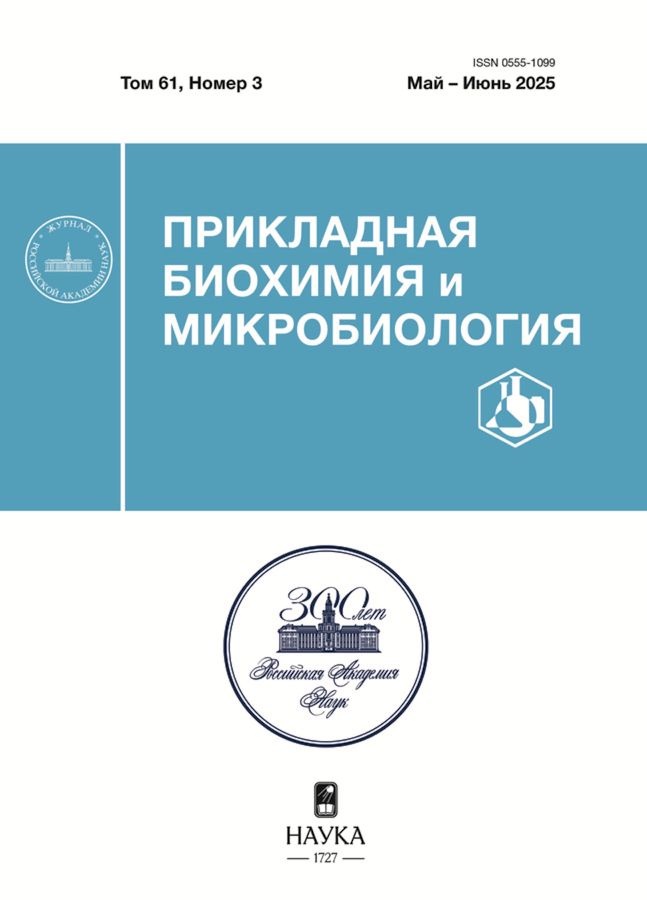Оценка нутриентного и метаболического профиля кеты тихоокеанской (Oncorhynchus keta)
- Авторы: Абрамова Л.С.1, Козин А.В.1
-
Учреждения:
- Всероссийский научно-исследовательский институт рыбного хозяйства и океанографии
- Выпуск: Том 60, № 1 (2024)
- Страницы: 90-100
- Раздел: Статьи
- URL: https://rjonco.com/0555-1099/article/view/674579
- DOI: https://doi.org/10.31857/S0555109924010109
- EDN: https://elibrary.ru/HBTKQM
- ID: 674579
Цитировать
Полный текст
Аннотация
Анализ биологической ценности кеты показал, что по сбалансированности аминокислотного состава белка кета с нерестовыми изменениями не уступает кете без нерестовых изменений (кета “серебрянка”). Отмечено более высокое содержание полиненасыщенных жирных кислот в общих липидах, в том числе омега-3 в кете с нерестовыми изменениями, по сравнению с кетой “серебрянкой”. Метаболический профиль образцов мышечной ткани кеты, полученный методом ЯМР-спектроскопии показал, что уровень Асп, Глу и Глю заметно повышался во время нерестовой миграции, что объясняется ограниченным питанием рыбы. Рассчитан суммарный индекс вкуса мышечной ткани кеты “серебрянки”, который составил 4.06 ± 0.11, а для кеты с нерестовыми изменениями — 3.46 ± 0.09, следовательно, мясо кеты “серебрянки” имеет более насыщенный вкус, по сравнению с кетой, имеющей нерестовые изменения. Результаты анализа пищевой ценности и метаболического профиля мышечной ткани кеты с нерестовыми изменениями могут быть использованы при изготовлении рыбного фарша и последующего производства специализированной пищевой продукции путем введения добавок, стабилизирующих консистенцию, цвет, а также при изготовлении функциональных пищевых добавок.
Полный текст
Об авторах
Л. С. Абрамова
Всероссийский научно-исследовательский институт рыбного хозяйства и океанографии
Email: kozin82a@gmail.com
Россия, Москва, 105187
А. В. Козин
Всероссийский научно-исследовательский институт рыбного хозяйства и океанографии
Автор, ответственный за переписку.
Email: kozin82a@gmail.com
Россия, Москва, 105187
Список литературы
- Яновская Н. В., Павлова А. О., Кононова Л. А., Бондаренко Г. А., Григорьева Е. Г., Селиванова Т. А. Статистические сведения по рыбной промышленности России. / Ред. К. В. Колончина. М.: ВНИРО, 2022. 86 с.
- Макоедов А. Н., Макоедов А. А. // Известия ТИНРО. 2022. Т. 202. № 2. С. 255–267. https://doi.org/10.26428/1606-9919-2022-202-255-267
- Животовский Л. А., Рубцова Г. А., Каев А. М., Шитова М. В., Смирнов Б. П., Точилина Т. Г., Афанасьев К. И. // Вопросы ихтиологии. 2022. Т. 62. № 3. С. 335–344. https://doi.org/10.31857/S0042875222030249
- Кловач Н. В., Леман В. Н., Ельников А. Н., Вараксин И. А. // Рыбное хозяйство. 2018. № 6. С. 42–47.
- Животовский Л. А., Федорова Л. К., Шитова М. В., Воронова Л. А., Борзов С. И., Погодин В. П., Рубцова Г. А., Афанасьев К. И. // Вопросы рыболовства. 2010. Т. 11. № 2 (42). С. 313–326.
- Reid R. A., Durance T. D., Walker D. C., Reid P. E. // Food Research International. 1993. V. 26. P. 1–9. https://doi.org/10.1016/0963-9969(93)90099-5.
- Холоша О. А., Таргунакова Е. С. // Рыбное хозяйство. 2013. № 5. С. 126–128.
- Горбатенко К. М., Мельников И. В., Овсянников Е. Е., Овсянникова С. Л. // Известия ТИНРО. 2019. Т. 197. С. 152–165. https://doi.org/10.26428/1606-9919-2019-197-152-165
- Hatano M., Mizogami M., Sugawara A., Ando S. // Nippon Suisan Gakkaishi. 1989. V. 55. P. 1623–1627.
- Choon-Kyu P., Sang-Bo S., Eung-Ho L. // Kor. J. Fish. Soc. 1996. V. 29. P. 51–63.
- Shirai T., Fuke S., Yamaguchi K., Konosu, S. // Biochemistry and Physiology Part B: Comparative Biochemistry. 1983. V. 74. № 4. P. 685–689. https://doi.org/10.1016/0305-0491(83)90128-1
- Ando S., Hatano M. // Bull. Japan. Soc. Sci. Fish. 1986. V. 52. № 7. P. 1237–1241.
- Гончаров Н. В., Уколов А. И., Орлова Т. И., Мигаловская Е. Д., Войтенко Н. Г. // Успехи современной биологии. 2015. Т. 135. № 1. С. 3–17.
- Kaneko G., Ushio H., Ji H. // Fish Sci. 2019. V. 85. P. 1–17. https://doi.org/10.1007/s12562-018-1266-6
- Lulijwa R., Alfaro A. C., Young T. // Rev. Aquac. 2022. V. 14. P. 547–577. https://doi.org/10.1111/raq.12612
- Скурихин И. М., Тутельян В. А. Руководство по методам анализа качества и безопасности пищевых продуктов. М.: Медицина, 1998. 342 с.
- Кейтс М. Техника липидологии. Выделение, анализ и идентификация липидов. М.: Мир, 1975. 300 с.
- Липатов Н. Н., Сажинов Г. Ю., Башкиров О. И. // Хранение и переработка сельхозсырья. 2001. № 8. С. 11–14.
- Ando S., Hatano M., Zama K. // Comp. Biochem. Physiol. B. 1985. V. 80. P. 303–307. https://doi.org/10.1016/0305-0491(85)90137-3
- Ando S. // Memoirs of the Faculty of Fisheries Hokkaido University. 1986. V. 33 (1–2). P. 1–95.
- Camacho С., Correia T., Teixeira B., Mendes R., Valente Luísa M. P. et al. // Food Chemistry. 2023. V. 404. Part A. https://doi.org/10.1016/j.foodchem.2022.134505.
- Xue Q., Xue C., Luan D., Wen Y., Bi S., Wei Z., Mou H. // LWT — Food Sci. Technol. 2021. V. 146. P. 111466. https://doi.org/10.1016/j.lwt.2021.111466
- Ninomiya K. // Food Reviews International. 2002. V. 18. № 1. P. 23–38. https://doi.org/10.1081/FRI-120003415
- Heu M. S., Choi Byeong-Dae, Kim K. H., Kang S. In., Kim Y. J., Kim Jin-Soo // Kor. J. Fish. Aquat. Sci. 2015. V. 48. № 1. P. 16–25. https://doi.org/10.5657/KFAS.2015.0016
- Kato H., Rhue M. R., Nishimura T. Role of Free Аmino Аcids and Peptides in Food Taste. Eds R. Teranishi, R. G. Buttery, F. Shahidi Flavor Chemistry American Chemical Society, 1989. 158 p.
- Abramova L. S., Kozin A. V. Nutrishional and Biological Value of Chum Salmon (Oncorhynchus keta) with Spawning Changes. // Proceedings of the International Conference “Scientific Research of the SCO Countries: Synergy and Integration”, 2020. P. 196–203.
Дополнительные файлы















